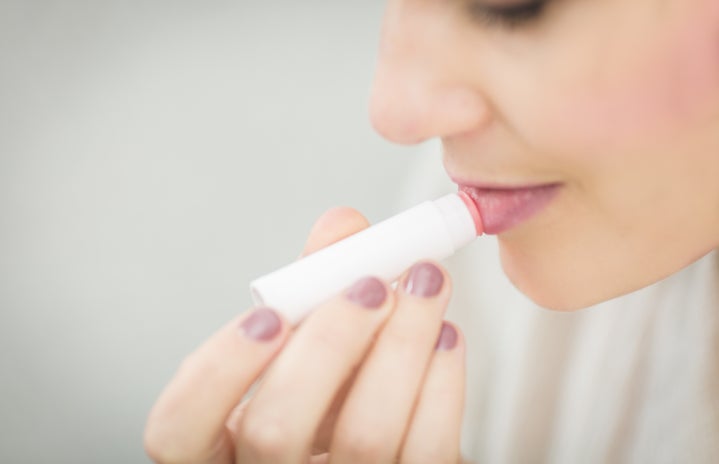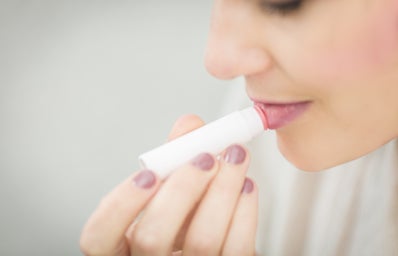Makeup is typically seen as a source of individuality and self-expression, pride and creativity. Unfortunately, it has notoriously ignored and excluded one of the largest markets in the industry –– the black and dark-skinned beauty community. Among the various shades of alabaster and beige, dark-skinned men and women have continuously been left behind, ceasing to exist beyond variations of red-toned mocha brown.
The exclusion of one of the largest markets in the cosmetics industry is largely due to the issue of colourism. An offshoot of racism, colourism regards the preferential treatment given towards people possessing, most often, lighter complexions within a certain racial group. All the while, people with darker skin tones are viewed less favourably and are more likely to be ignored, mistreated and excluded.
The issue of colourism is deep-seated in many communities of colour as a direct result of colonization and the Westernization of beauty standards, as well as certain linkages to class and social status. In certain countries, issues of colourism –– also known as shadeism –– has led to both systemic discrimination of darker skinned individuals and the popularity of harmful cosmetic products, such as bleaching creams in countries such as India. This is exacerbated by the portrayal of light-to-fair skinned models and actresses as the desired ideal on globalized media outlets, including social media.
In the cosmetics industry, colourism is most visibly expressed in the shade ranges of items such as foundation, powder and contour colours. Cosmetics is a unique platform where the subtleties of colourism play out—targeting unconscious processes of self-esteem, self-worth, and invisible stereotypes of darker people of colour. Wrapped up in these bottles that fail to extend beyond mocha-caramel are the belief that dark-skinned people don’t contribute to the makeup industry, are not consumers of these products, and are not worthy of the time and effort used to produce darker shades. All of these issues culminate in a lack of representation of darker men and women in one of the world’s largest and most profitable industries. Oddly enough, research has continuously proven these claims untrue (despite the makeup industry’s refusal to believe it). African-American women, as of 2009, spent a total of $7.5 billion annually on makeup, yet still find no satisfaction with the outcome of their endeavours.
Foundation, a staple product in any cosmetic collection, is one of the clearest examples of discrimination. Brands such as YSL and It Cosmetics are only a few brands who have notoriously excluded darker shades from their range. Most recently, YSL received backlash for their All Hours Foundation line, which offered twenty two shades –– while featuring a staggering range of two dark shades. It Cosmetics has gained notoriety recently for their founder Jamie Kern Lima’s speech regarding inclusivity and representation in the cosmetic industry, despite her line having entirely excluded darker skintones.
The launch of Fenty Beauty comes amidst these tensions, debuting with an extensive shade range of forty foundations of varying undertones ranging from neutral fair tones to rich cool and warm toned dark colours. While not being the first brand to possess an extensive foundation range, Fenty offered a significant range of dark tones with a spectrum of undertones that are typically not present in most ranges. Personally, after visiting Sephora after the launch of Fenty, I was overwhelmed by the community of black women who had gathered around the display. Most poignantly, one girl turned to me and stated, with all the excitement and disbelief in her voice: “Good foundations? And in my shade?”
The positive response to Rihanna’s launch highlights the large, underrepresented demographic that is more than willing to support brands that support them. A quick look at Sephora, where Rihanna’s darker foundations have flown off the shelves, is proof that not only is there a very active market for darker shades, but there is also a huge demand for these products. Stereotypes surrounding these shades’ lack of profitability, through Fenty’s success, is shown to, in part, stem from the inability for black and dark-skinned people to find representation in those ranges –– not from false beliefs about their purchasing power or activity within this market. Ultimately, these consumers can’t buy what doesn’t exist or participate in an industry that routinely excludes them.
As one New York store manager, Shavonne Fagan, stated in a brief interview while attending the Fenty launch party at Times Square’s Sephora: “Before Fenty came out there were only three foundations I could find that matched my skin and only one that got my undertone right. … One girl started to cry in the Sephora when the person put the foundation on her skin and it matched.”
Other companies would do best to take a page out of Rihanna’s book about diversity and inclusion because all people –– regardless of race –– should have the ability to see themselves reflected in an industry so closely linked with beauty, self-esteem and creativity. Beauty should not be exclusive to people within a specific shade range.
Related articles:
- 10 Things All Beauty Addicts Know To Be True
- Dear Internet: My Thighs Have Had Enough
- Fashion and Mental Health
Want more HCW? Check us out on social media!


